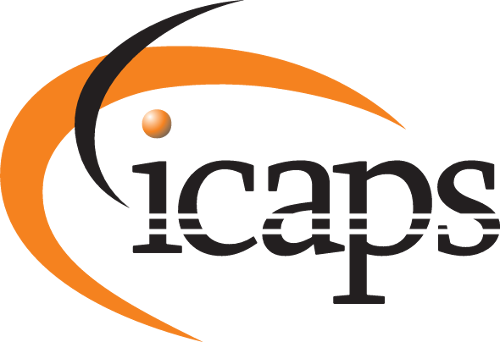Tutorial 04 - Planning for Storytelling
Abstract
In this tutorial we will demonstrate the role that planning, or planning-based representations, can play in narrative generation methods. The plan becomes the representation of the story and also that of the story world, and thus we use Planning to create logical, believable, and coherent stories (narratives) in a variety of domains. We will cover several techniques, including modern approaches that make use of Large Language Models (LLMs) and provide the opportunity for attendees to play with the technology themselves live.
Official Website and Auxiliary Materials
About the authors
Nisha Simon is a PhD candidate at Queen’s University under the supervision of Prof. Christian Muise, and a Teaching Assistant with the School of Computing. Her interests are in researching structured learning from unstructured text. Before beginning her PhD degree program, she worked as a Systems Analyst and Web Developer for several years. Storytelling with Automated Planning is a key part of her current research. When she is not teaching Transformer-based Models how to tell logical, coherent and believable stories, she enjoys reading, painting, and listening to music.
Christian Muise is an Assistant Professor in the School of Computing at Queen’s University. His research focuses on a variety of automated planning techniques, with a specialty in reasoning under uncertainty and model acquisition. He has presented multiple ICAPS tutorials in the past (on Planning.Domains and model acquisition), and is the chief architect of several automated planning frameworks (including planning.domains and planutils).
Rogelio E. Cardona-Rivera is an Assistant Professor in the Kahlert School of Computing at the University of Utah. His research focuses on the design of games, systems where users direct an unfolding experience by taking on ludic/dramatic roles. He has a strong track-record of publishing in the space of synthesizing narratives.
Arnav Jhala is an associate professor of Computer Science at NC State University. Prof. Jhala’s research group investigates computational structures and methods that are useful in representing and mediating human interpretation and communication of narrative in interactive visual media, such as film and games. The Jhala research group uses symbolic and probabilistic tools to represent and construct coherent visual discourse and apply generative techniques for automated and semi-automated tools to interpret and collaboratively create visual narratives.
Julie Porteous is an Associate Professor in the School of Computing Technologies at RMIT University, Melbourne. She is a long-standing member of the ICAPS community and her work has had an emphasis on (1) Automated Planning; (2) Interactive Narratives (application of automated planning to narrative generation); (3) Automated acquisition of AI planning domain models; and (4) Authoring tools for Interactive Narratives.
R. Michael Young is Professor and Chair of the Division of Games, an Adjunct Professor in the School of Computing and an Adjunct Professor of Philosophy at the University of Utah in Salt Lake City, UT, where he also directs the Liquid Narrative research group. Together with his students and research staff, his work in the Liquid Narrative group focuses on the development of computational models of interactive narrative with applications to computer games, educational and training systems and virtual environments.
Patrik Haslum is an Associate Professor at the Australian National University, where he focuses on a wide variety of research in automated planning. Most notably for this tutorial, Dr Haslum has a track record of automated story telling through the lens of automated planning, and continues to pursue avenues of research in this area.
